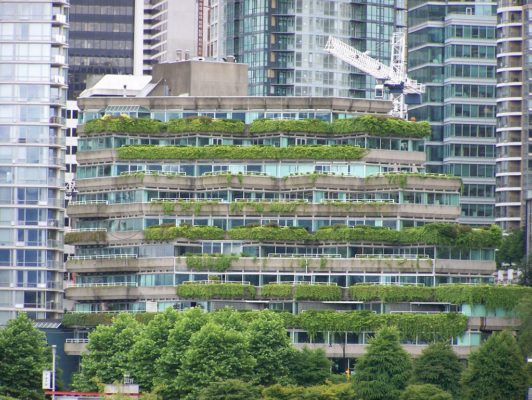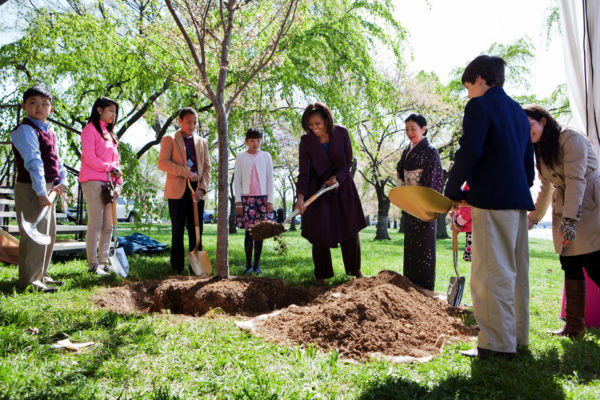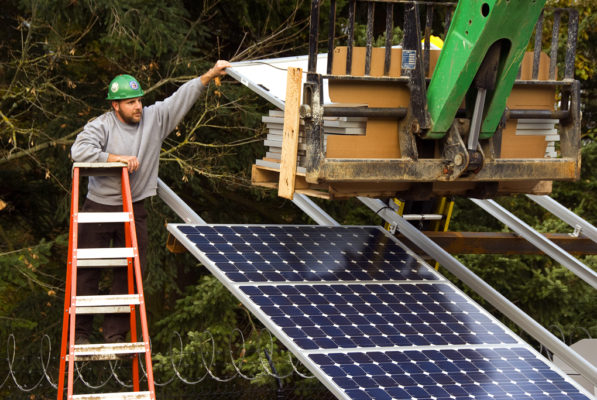July 29, 2020
Topic
COVID-19 has effectively caused a prolonged pause in many economic sectors, leading to great financial uncertainty. As local governments watch revenue streams – from such sources as hotel and sales taxes – evaporate many cities must reevaluate spending priorities to balance budgets. Some jurisdictions are pursuing sustainability initiatives to reduce costs – from downsizing, furloughing or reallocating staff to suspending entire departments. Yet, the long-term repercussion of such decisions could put local governments, communities and businesses at greater risk.
Evidence shows sustainability investments provide important economic benefits and build much-needed community resilience in the face of unprecedented public health threats and worsening climate-change impacts.
When faced with significant budget shortfalls, sustainability efforts may seem alluring when compared to other government functions that may be considered more “essential.” However, without continued progress on addressing climate change, even through times of severe budget constraints, climate-induced shocks and disasters can exacerbate economic hardships.
Sustainability measures may appear expensive in the short-term, but the long-term climate impacts will be drastically costlier. California’s 4th Climate Change Assessment report notes that costs associated with climate impacts – attributable to deaths, damages and the potential for droughts and mega-floods – will be in the tens of billions of dollars. Considering the long-term economic impacts of inaction, we should value adaptation and mitigation efforts as cost-effective, preventative measures.
Absent early action and investment in resiliency, the economic impacts of climate change will be incredibly costly:
- Energy bills are expected to rise by $200 million annually due to the extra cost of keeping homes cooled.
- Effects of a long-term drought will cost California $3 billion.
- It could cost $18 billion to replace buildings affected by sea-level rise.
To minimize future climate-change costs, early investments in mitigation have significant returns over the long-term. A 2017 Study by the National Institute of Building Sciences found federal mitigation grants save $6 for every $1 spent.
COVID-19 has highlighted concerning vulnerabilities, and climate-change impacts will only continue to exacerbate these vulnerabilities in the years to come. A sustainable and equitable recovery will be crucial to ensuring prosperity and local resiliency. Local governments with sustainability projects ready will be advantageously positioned for eventual state and federal funding (as seen with the American Recovery and Reinvestment Act of 2009), and could pursue initiatives that offer numerous long-term economic benefits.








